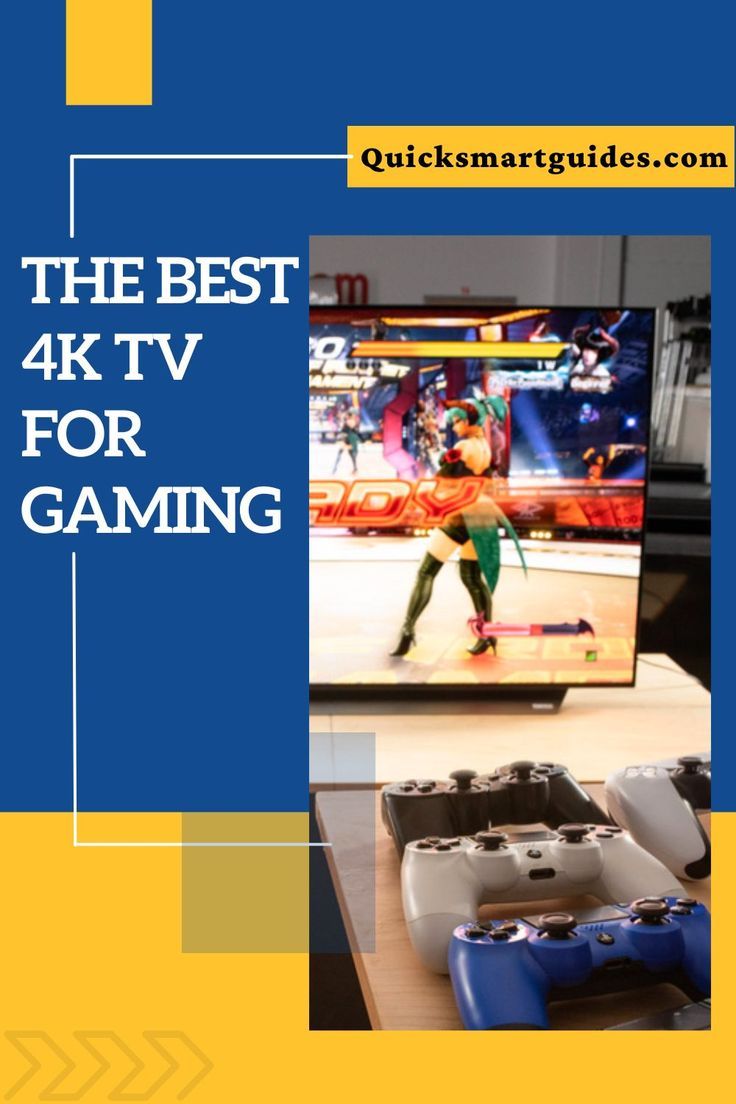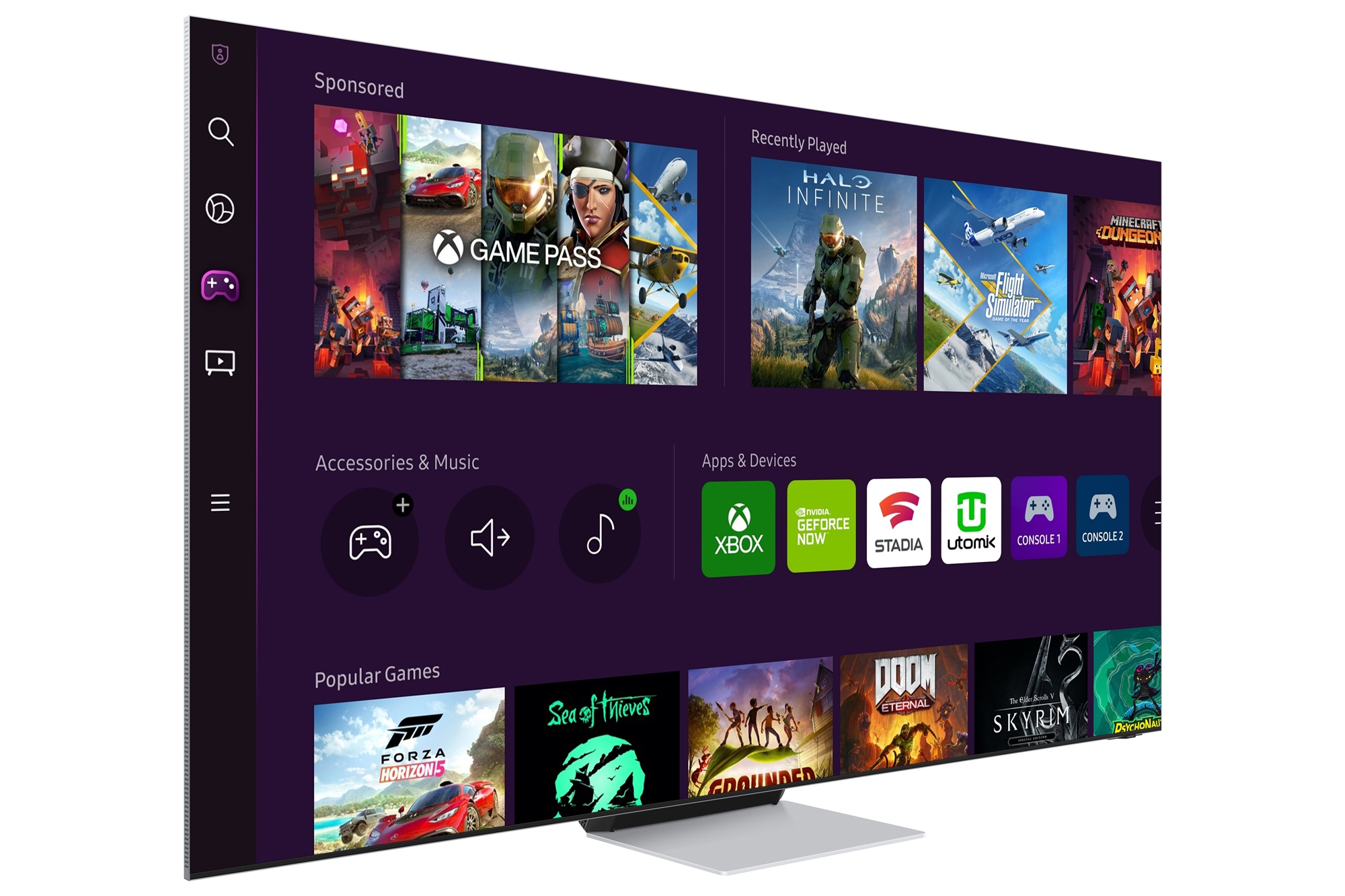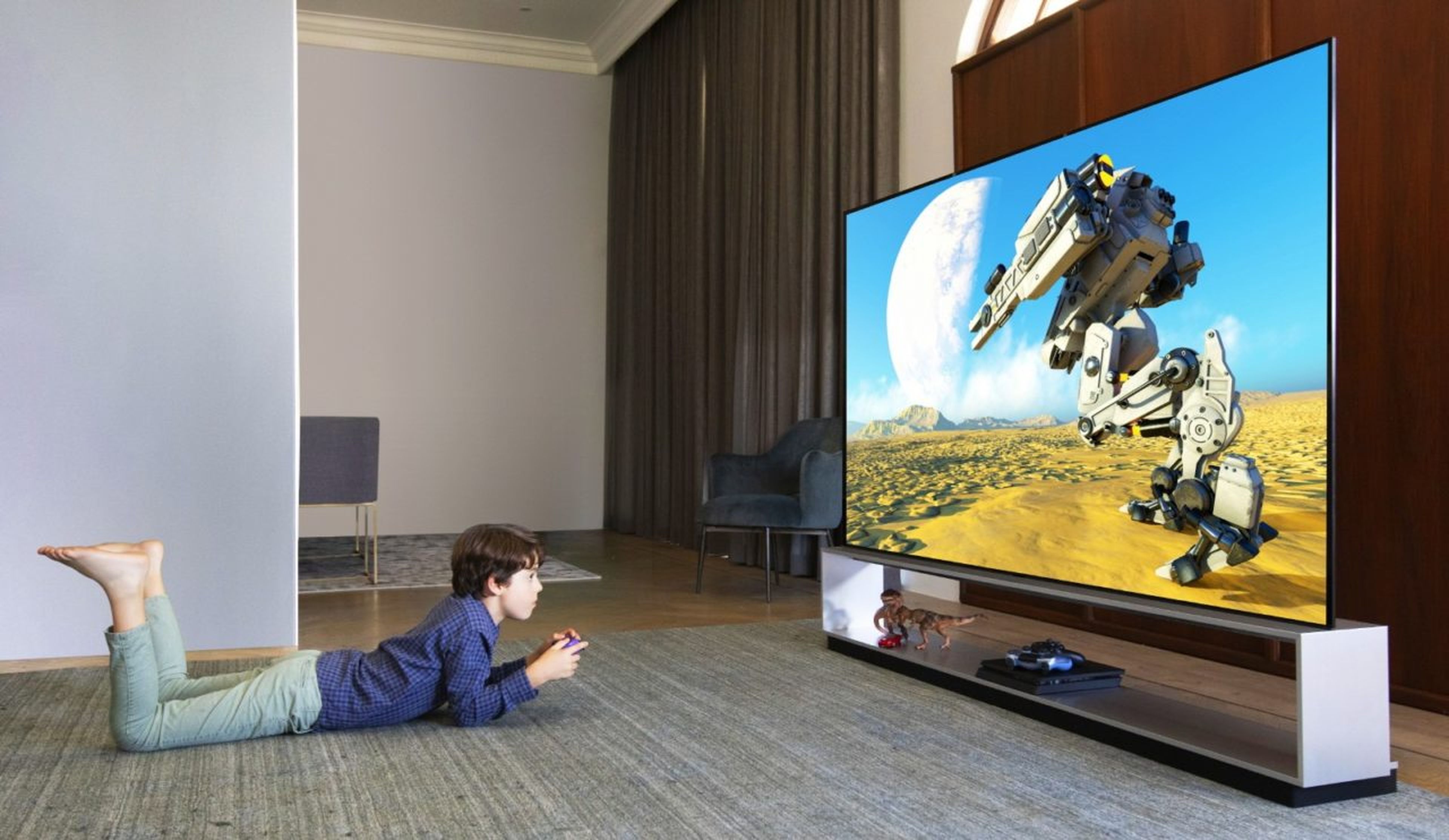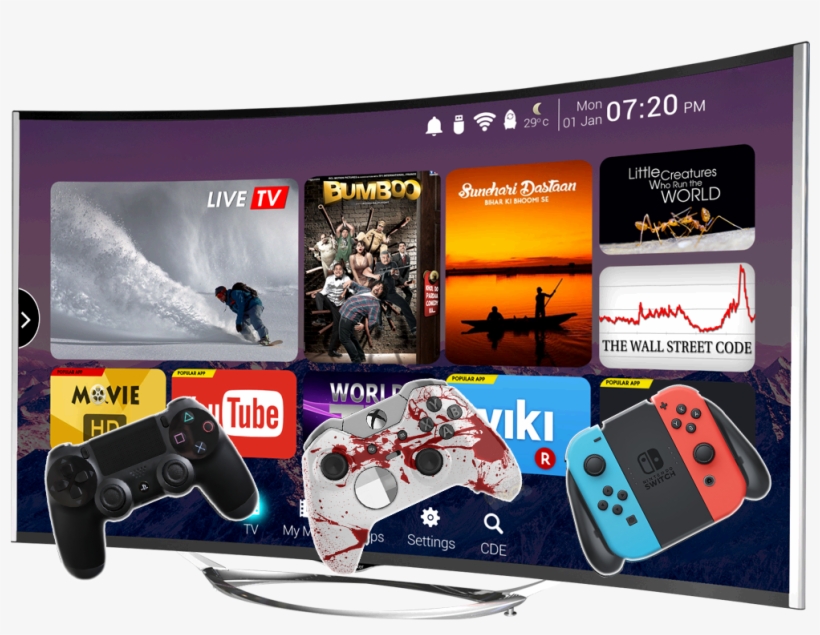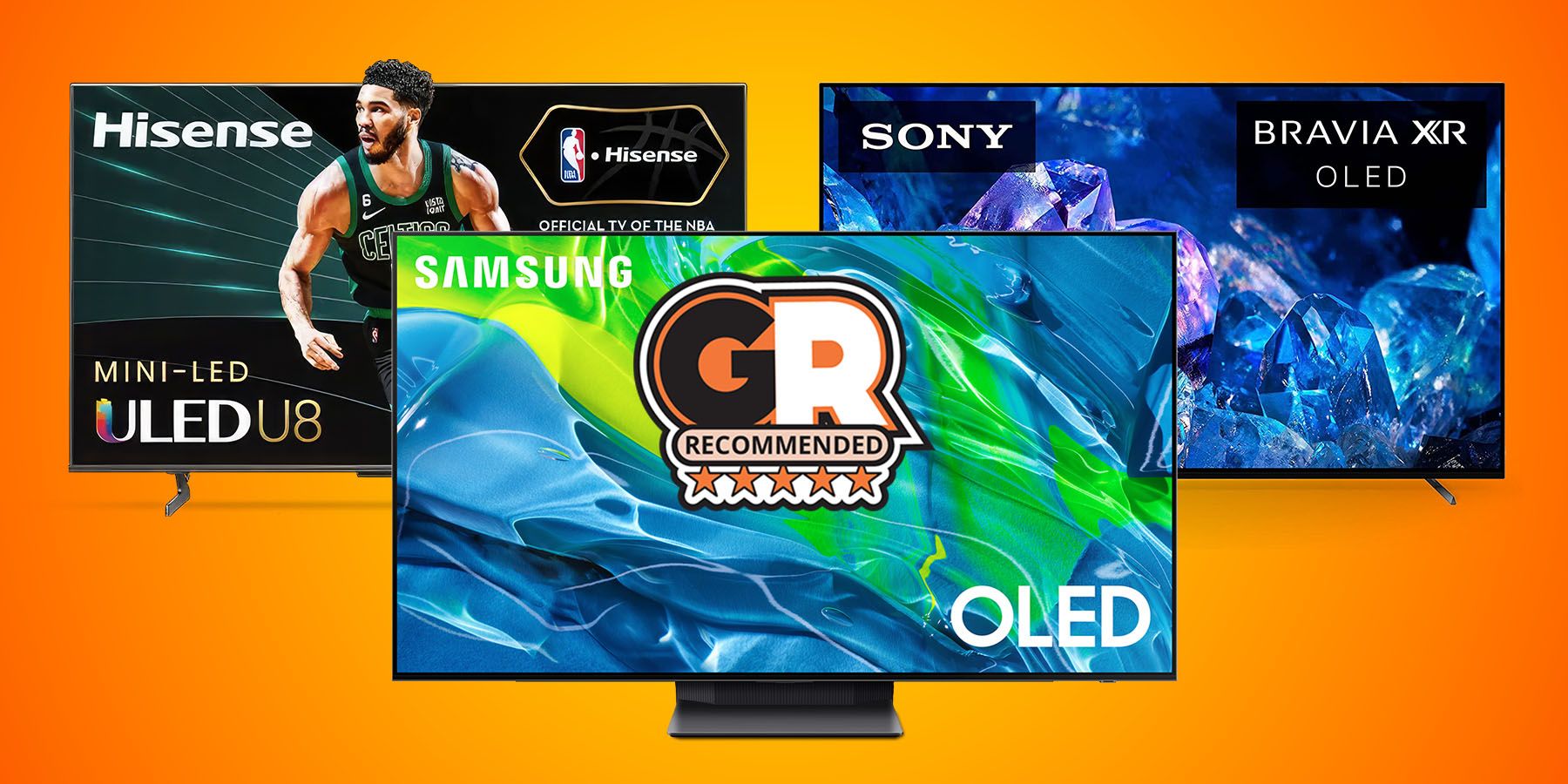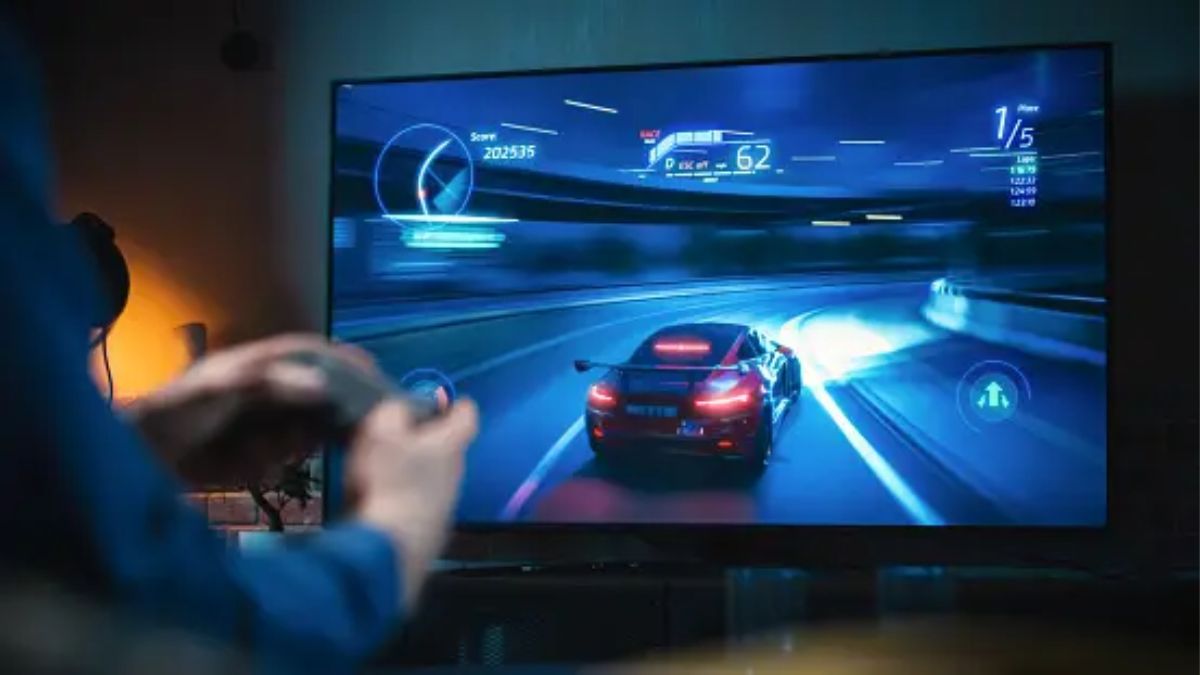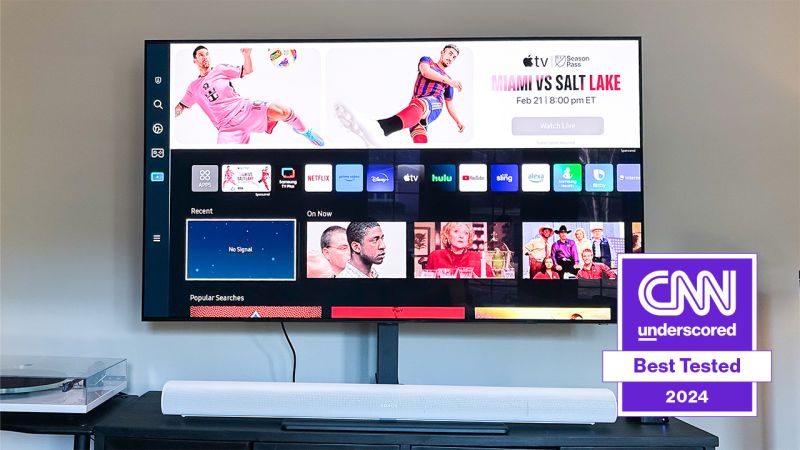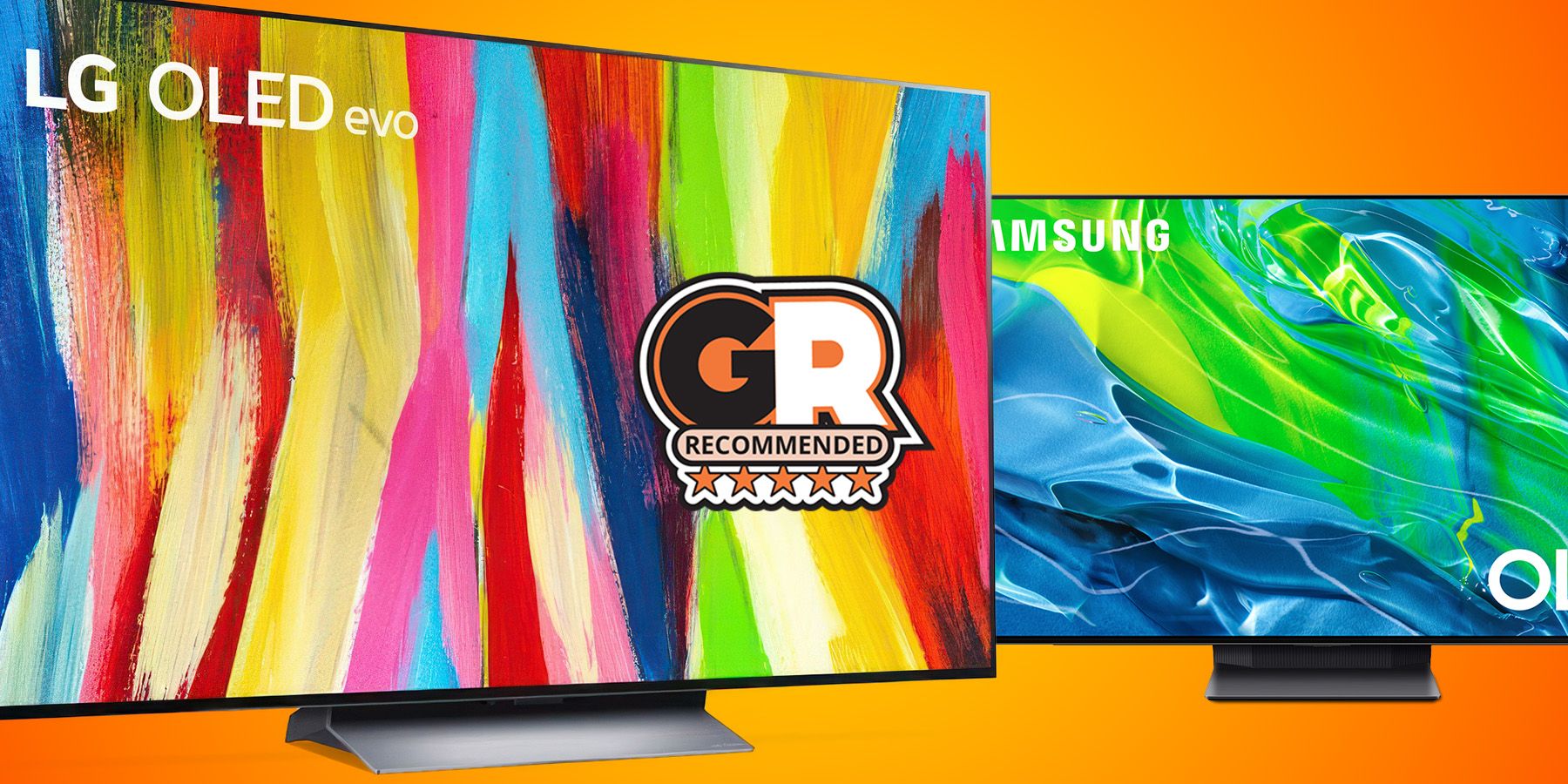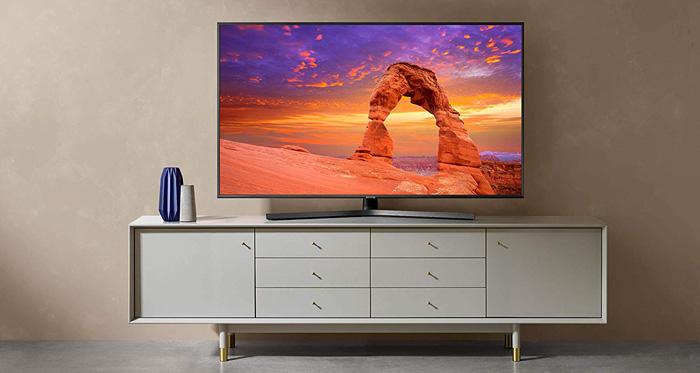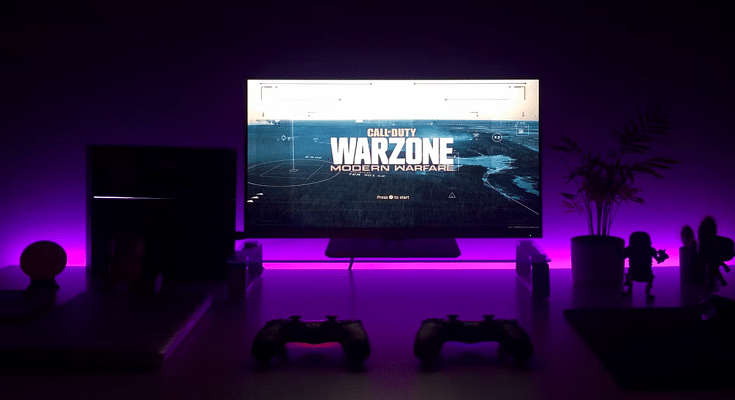Best Smart Tv For Video Games

Lagging behind in a crucial boss battle? Missing vital details in a shadowy scene? If you're a gamer, you know that your TV can make or break the experience. This guide is designed for first-time smart TV buyers who want to level up their gaming setup. We'll cut through the jargon and help you choose the best smart TV to showcase your gaming skills.
Why Your TV Matters: Beyond Just Screen Size
Forget just bigger is better. Your TV’s response time, refresh rate, and input lag are critical for a smooth, immersive gaming experience. These factors determine how quickly the image on the screen changes and how long it takes for your controller inputs to register.
A great gaming TV minimizes blurring, tearing, and latency, giving you a competitive edge and enhancing the overall enjoyment of your favorite games. Let's dive into what to look for.
Top 5 Smart TVs for Gaming: A Head-to-Head Comparison
Here's a quick comparison of some top contenders, focusing on features important to gamers:
| Model | Price (USD) | Size Options (inches) | Refresh Rate (Hz) | Input Lag (ms) | HDMI 2.1 | Warranty |
|---|---|---|---|---|---|---|
| LG OLED C3 | $1,500 - $2,800 | 42, 48, 55, 65, 77, 83 | 120 | 9.1 | Yes | 1 Year |
| Samsung QN90C Neo QLED | $1,300 - $3,300 | 43, 50, 55, 65, 75, 85 | 120 | 5.8 | Yes | 1 Year |
| Sony XR-65A80L OLED | $1,700 - $2,500 | 55, 65, 77 | 120 | 8.5 | Yes | 1 Year |
| Hisense U8K | $700 - $1,500 | 55, 65, 75 | 144 | 12.9 | Yes | 1 Year |
| TCL 6-Series (R646) | $600 - $1,000 | 55, 65, 75 | 120 | 9.3 | Yes | 1 Year |
Note: Prices are approximate and may vary. Input lag is measured at 1080p/120Hz or 4K/120Hz.
Detailed Reviews: Digging Deeper
LG OLED C3: The Premium Pick
The LG OLED C3 is a top-tier choice for gamers. Its OLED technology delivers perfect blacks, infinite contrast, and vibrant colors, creating a stunning visual experience.
With an incredibly low input lag and a 120Hz refresh rate, it ensures smooth and responsive gameplay. It supports HDMI 2.1, enabling 4K gaming at 120Hz with Variable Refresh Rate (VRR) and Auto Low Latency Mode (ALLM).
Samsung QN90C Neo QLED: Brightness Champion
If you game in a bright room, the Samsung QN90C Neo QLED is a fantastic option. Its Mini LED backlighting provides exceptional brightness and contrast control.
It boasts a low input lag and a 120Hz refresh rate, along with HDMI 2.1 support for next-gen gaming features. Samsung's Game Mode further optimizes picture settings for gaming.
Sony XR-65A80L OLED: Cinematic Immersion
The Sony XR-65A80L OLED excels in picture processing and color accuracy. Sony's Cognitive Processor XR enhances details and creates a more realistic image.
It also features a low input lag, HDMI 2.1 support, and exclusive features for PlayStation 5, such as Auto HDR Tone Mapping and Auto Genre Picture Mode. However, it's generally more expensive than the LG C3.
Hisense U8K: Value Leader
The Hisense U8K offers an excellent balance of features and affordability. It delivers impressive picture quality with its Mini-LED backlight and quantum dot technology.
The U8K also supports 144Hz refresh rates, HDMI 2.1, VRR, and ALLM, making it a great option for gamers on a budget. Keep in mind that its picture processing isn’t as refined as some of the higher-end models.
TCL 6-Series (R646): Budget-Friendly Gaming
For gamers looking for the best bang for their buck, the TCL 6-Series (R646) is a solid choice. It delivers impressive picture quality with its Mini-LED backlighting and QLED technology.
While it doesn't quite match the performance of higher-end models, it still offers a 120Hz refresh rate and HDMI 2.1 support. This allows for smooth gaming at an affordable price.
Used vs. New: Weighing the Options
Buying a used TV can save you money, but it comes with risks. You might find a high-end model for a lower price, but the TV might have wear and tear or lack a warranty.
New TVs offer peace of mind with a manufacturer's warranty and the latest technology. However, they can be significantly more expensive.
- Used TVs: Cheaper, but potential for hidden issues and no warranty.
- New TVs: More expensive, but come with a warranty and the latest features.
Reliability Ratings by Brand
Reliability can vary by brand. LG and Sony generally have a good reputation for reliability. Samsung is also considered reliable but can have issues with specific models.
Hisense and TCL are generally considered more affordable, but may not be as reliable as the higher-end brands. Always check customer reviews and consider extended warranties for added protection.
Checklist: 5 Must-Check Features Before Buying
- Refresh Rate: Aim for at least 120Hz for smoother gaming.
- Input Lag: Look for a TV with an input lag of 15ms or less.
- HDMI 2.1: Essential for 4K gaming at 120Hz with VRR and ALLM.
- Panel Technology: OLED offers the best picture quality, while LED/LCD TVs can be brighter and more affordable.
- VRR and ALLM: Variable Refresh Rate (VRR) and Auto Low Latency Mode (ALLM) are crucial for reducing screen tearing and input lag.
Key Takeaways
Choosing the best smart TV for gaming involves considering several factors. Prioritize refresh rate, input lag, HDMI 2.1, and panel technology to achieve optimal performance.
Consider your budget and the environment where you'll be gaming. A brighter room might benefit from an LED/LCD TV, while a darker room is perfect for an OLED.
Don't forget to research brand reliability and warranty options. Weigh the pros and cons of buying used versus new to make the best choice for your needs.
Ready to Level Up?
Now that you're armed with this knowledge, it's time to start your search! Visit local electronics stores, read online reviews, and compare models to find the perfect gaming TV for you.
Consider all the factors discussed in this article and don't be afraid to ask questions. A well-informed decision will ensure you enjoy a truly immersive and competitive gaming experience. Happy gaming!
